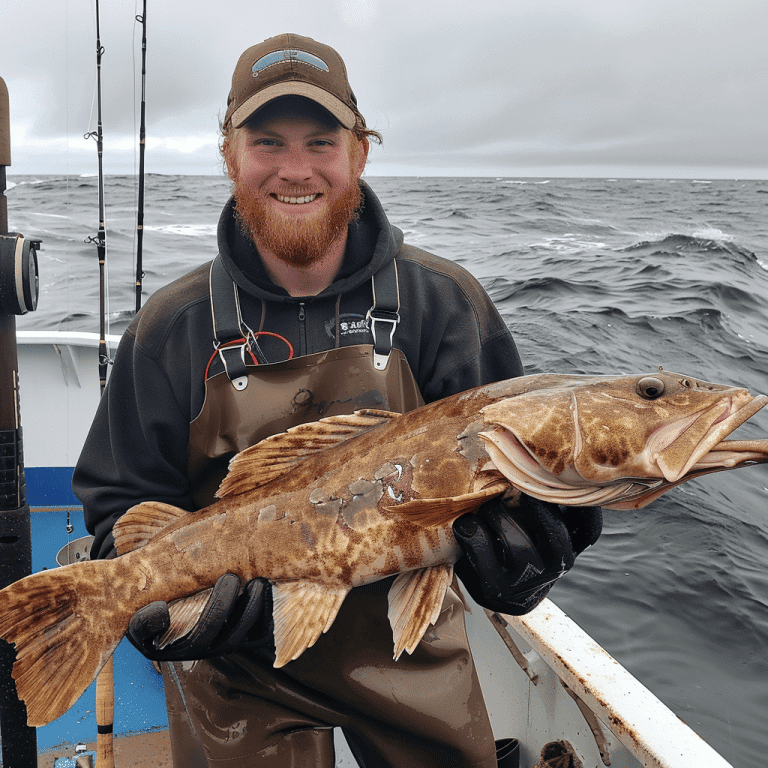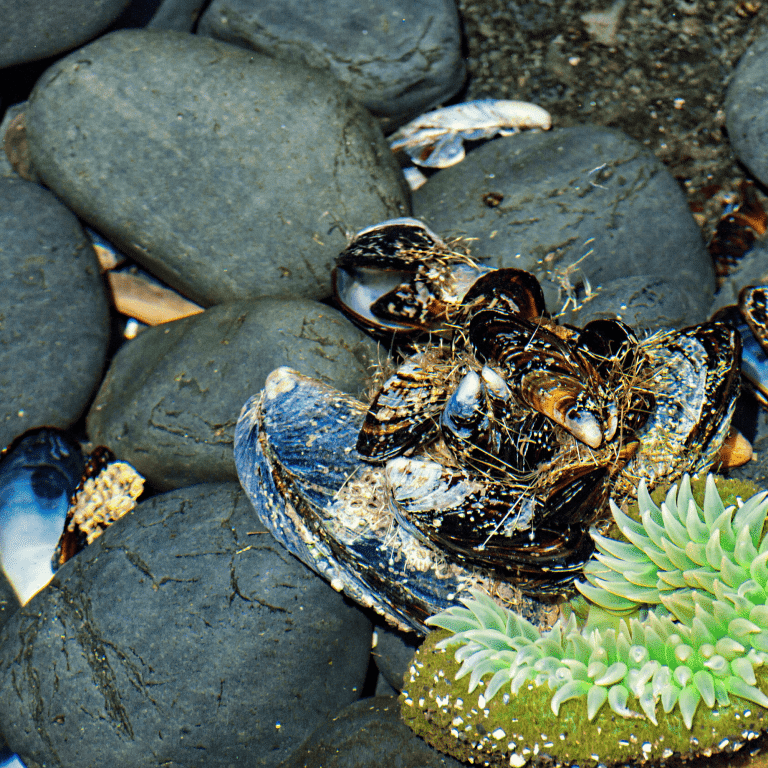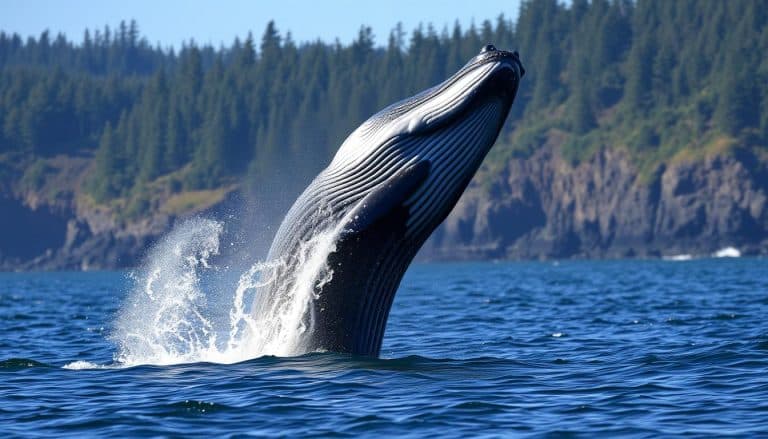Exploring the Secrets of Water Temperature on the Oregon Coast
This post may contain affiliate links. I may earn a small commission at no extra cost to you.
Photo by plumdumplings on Pixabay
Nestled in the Pacific Northwest, Oregon's coastline boasts stunning landscapes, vibrant wildlife, and endless outdoor adventures. From hiking along rugged cliffs to exploring tide pools, there is always something new to discover. Including the water temperature temperature on the Coast.
One of the most captivating aspects of this coastal wonderland is the temperature of the ocean water. Many factors contribute to the ever-changing temperatures, making it a fascinating subject to explore.
Whether you're a seasoned surfer or a curious beachcomber, understanding the ocean's temperature can enhance your experience and deepen your connection to this magical place.
So, let's dive into the world of water temperature on the Oregon coast and see what secrets it holds.
Exploring the Different Types of Ocean Temperatures in Oregon
The vast expanse of the Pacific Ocean along the Oregon coast is known for its cooler temperatures, thanks to the influence of the California Current. But, as you move from north to south along the coast, you'll notice subtle differences in the ocean temperatures that are sure to make your adventure unforgettable.
Starting in the north, cities like Cannon Beach boast relatively cool ocean temperatures all year round, ranging from the low 40s to the mid-50s Fahrenheit. As you move further south towards Newport, the water becomes slightly warmer, with average temperatures ranging from the high 40s to mid-60s Fahrenheit.
However, it's the Southern Oregon Coast, where cities like Bandon are located, that truly surprises with ocean temperatures averaging in the 50s and 60s Fahrenheit all year round.
Factors Affecting Ocean Temperatures in Oregon

There are several factors that play a role in determining the temperature of the Pacific Ocean along the coast of Oregon, and understanding them can add to your seaside experience!
The California Current: A Key Factor in Oregon's Ocean Temperatures
Prepare to be chilled by the mighty California Current, one of the most influential factors affecting ocean temperatures along the Oregon coast! This frigid ocean current travels southward along the coast, bringing cooler temperatures to the region. And while the temperature of the ocean varies throughout the year, with warmer summers and cooler winters, the influence of the California Current remains a constant.
The Impact of Weather on Oregon's Ocean Temperatures
Another factor is the weather. Warm, sunny days can heat up the surface of the ocean, while cloudy, cool days can cause the water temperature to drop. Wind also has an impact on ocean temperatures, as it can stir up the water and bring colder water to the surface, causing the overall temperature to decrease.
Upwelling: A Significant Factor in Determining Oregon's Ocean Temperatures
Upwelling is one of the coolest (literally) and most significant factors that affect ocean temperatures along the Oregon coast! When the colder, nutrient-rich water from the depths of the ocean rises to the surface, it replaces the warmer surface water, creating a refreshing and vibrant environment for marine life to thrive.
Thanks to the influence of the California Current, which sweeps down the coast, upwelling has the perfect conditions to occur. This essential process may cool down the temperature of the ocean, but it nourishes the diverse and rich marine life in the area.
Tides and Currents: Influencing Oregon's Ocean Temperatures

Tides and currents can play a huge role in the temperature of the ocean along the Oregon coast! Tides happen every day, and they bring cold water to the shore when they come in and warmer water when they go out. Ocean currents also move water around and can bring cold or warm water to the area.
That's not all – tides and currents can also mix up the different layers of water in the ocean, making the temperature more moderate. So, when cold water from deep down gets brought up to the surface, it can mix with the warmer water and create a more comfortable temperature. The same thing happens when warm water gets pushed down to deeper parts of the ocean.
The Role of Geography in Determining Oregon's Ocean Temperatures
Finally, the geography of the coast itself can affect the temperature of the ocean. In some areas, rocky outcroppings and bays can cause water to warm up more quickly, while in other areas, deep trenches and underwater canyons can keep the water cooler.
How Ocean Temperature Affects Your Seaside Experience
Now that you know more about the factors that influence ocean temperatures along the Oregon coast, you may be wondering how it affects your seaside experience. As a general rule, colder water temperatures make for more exciting surf and marine life encounters, while warmer water temperatures are better suited for swimming and beach activities.
For example, the colder waters of Cannon Beach in the north are ideal for surfing, kiteboarding, and windsurfing, especially during the fall and winter months when the waves are more consistent. On the other hand, the warmer waters of Bandon in the south provide a perfect habitat for diverse marine life, including sea otters, harbor seals, and an array of seabirds.
It's important to note that ocean temperatures can change quickly, so it's always a good idea to check the weather and surf conditions before heading out. Be sure to pack the appropriate gear for your adventure, whether that's a wetsuit for surfing or a swimsuit for swimming.
Tips for Enjoying Oregon's Ocean Temperatures Safely
It's important to enjoy the beauty and excitement of Oregon's coast safely, so here are a few quick tips to keep in mind when exploring the ocean temperatures along the coast:
- Always check the weather and surf conditions before heading out, and be prepared for changes in ocean temperatures.
- Wear appropriate gear for your activity, such as a wetsuit or swimsuit, and always use sunscreen to protect your skin from harmful UV rays.
- If you're not a strong swimmer, stay close to the shore and never swim alone.
- Respect the natural environment and never disturb marine life or their habitats.
Get Out there and Explore!
Exploring the water temperature along Oregon's coast can deepen your connection to this magical place and enhance your seaside experience. From the influence of the California Current to the impact of weather, tides, and upwelling, there are many factors that contribute to the ever-changing temperature of the Pacific Ocean.
So, next time you're planning a trip to the Oregon coast, be sure to take note of the water temperature and gear up for an adventure like no other.








